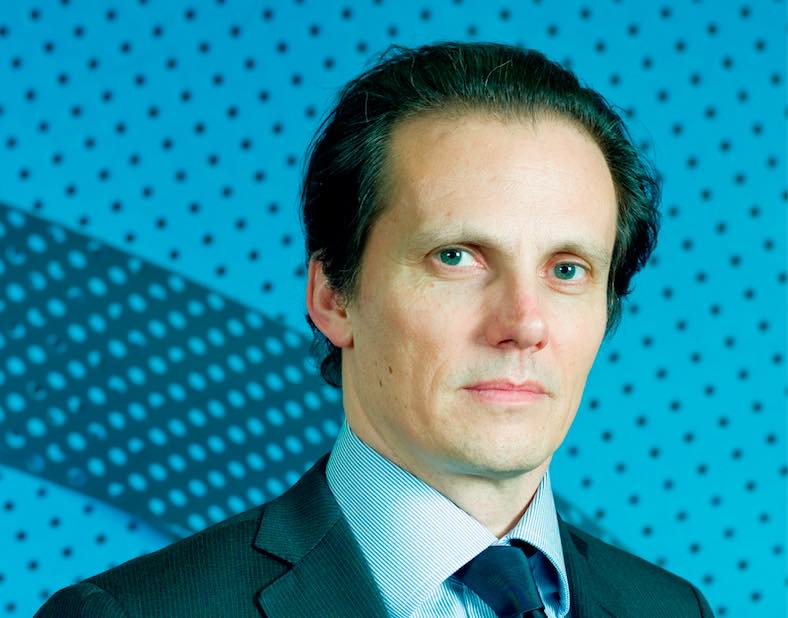Towards late 2014, around 80% of the global bond market offered returns below 2%, and half, less than 1%. Under such circumstances, where is it possible to obtain returns in fixed income? Amundi’s Global Aggregate bond strategy seeks to achieve that through a strategy based on expanding the investment universe and in a flexible style, in order to invest wherever there is value, depending on the stage of the cycle (with dynamic asset allocation and by combining long-term macro visions with short-term tactical management).
Laurent Crosnier, CIO of Amundi London, who was recently in Madrid, says the key is to identify the best asset class and learn to adequately combine it so that, for example, currencies do not undermine the gains. For 2015, he is cautious in duration (the fund may vary from 0-8) and in US Public Debt, although he is more positive regarding European Public Debt (where he prefers peripheral debt to German debt, due to its greater potential to benefit from ECB QE).
Laurent Crosnier shall share his market vision with attendees at the first Funds Society Fund Selector Summit organized in association with Open Door Media, to be held on the 7th and 8th of May at the Ritz-Carlton Key Biscayne in Miami. You may view the program and additional event information by clicking on this link.
As explained in a presentation to reporters, he is very positive towards investment grade credit, which will also benefit from the QE in Europe, although at this time he sees more value in the United States because of the valuations. By sector, he prefers the financial to the industrial, and also begins to be positive towards emerging debt, in which he sees attractive valuations in Mexico and Brazil (where “there is no growth but prices are very attractive in light of the devaluation of the Real, and therefore provides a good risk-return ratio”), he also favors the debt of countries benefiting from the fall in oil prices, such as India or Turkey. However, in order to be covered in the event of a hard landing in China, he takes short positions in debt and currencies of commodity-exporting countries such as Canada, Australia and New Zealand.
In currencies, he’s banking on the Dollar (supported by US growth) against the Yen and the Euro, and asked about a possible currency war, he warns of the contradictory effects that may result from the decisions of some central banks to avoid deflation. He considers that all that the Swiss Central Bank’s decision will achieve is to import that deflation.
Regarding China, he affirms that it will need a weaker currency in order to gain competitiveness in Asia against Japan, but it will have to achieve a balanced compromise between the need for a weaker currency and its desire to internationalize the Renminbi. “You cannot ask investors to invest in a currency that is going to depreciate by 20%,” he says, indicating China’s need to find equilibrium between both plans.
Multi-Asset Management
Dan Levy, Head of Multi-Asset Flexible Management Specialists of Amundi, spoke of Amundi Patrimoine and was positive towards many assets (such as equities, fixed income and duration in the US, he’s not expecting an imminent rate hike there, and Europe) but he believes there will be pressures which can add volatility (rate hikes by the Fed, the situation of the emerging world, international political risks, or deflationary pressure in Europe).
In the absence of haven securities, he advises as to the importance of risk management and of decreasing it whenever necessary. In that regard, the fund is flexible to protect the portfolio by cutting risk and adding diversification when needed. Currently, the fund’s exposure to equities is around 45%. “We expect a correction, although it will not be big,” he says.



 For Fórmate a Fondo
For Fórmate a Fondo